The Knob-billed Duck (Sarkidiornis melanotos), also known as the Comb Duck, is a captivating waterfowl species that attracts birdwatchers from around the world. With its unique appearance and fascinating behaviors, this duck is a true gem for nature enthusiasts. If you’re planning a birdwatching adventure in Tanzania and hoping to catch a glimpse of the Knob-billed Duck, you’re in for a treat.
It is a large, striking waterfowl species belonging to the Anatidae family. One cannot help but be awed by its distinctive appearance. The most prominent feature is the knob-like projection atop the male’s bill, which gives the species its name. This knob is absent in females, making sexual dimorphism easily distinguishable.
Knob-billed Duck: Bird Species Profile
- Common Name: Knob-billed Duck
- Swahili Name: –
- Scientific Name: Sarkidiornis melanotos
- Type: Waterfowl
- Food: Herbivorous; feeds on grasses, vegetation, seeds, and aquatic plants
- Habitat: Wetlands, including lakes, rivers, swamps, and marshes
- Size: The Knob-billed Duck is a medium-sized duck, with males measuring approximately 50-58 cm (20-23 inches) in length and females slightly smaller.
- Average Life Span in the Natural Habitat: The average life span of a Knob-billed Duck in the wild is estimated to be around 10-15 years.
- Active: Knob-billed Ducks are primarily diurnal, being most active during the day.
- Gestation Period: The exact gestation period for Knob-billed Ducks is not readily available, as they are precocial birds that hatch from eggs. However, the incubation period for their eggs is approximately 28-30 days.
- Weight: Adult Knob-billed Ducks typically weigh between 800-1,200 grams (1.8-2.6 pounds), with males being slightly heavier than females.
Habitat and Distribution:
The Knob-billed Duck can be found in various wetland habitats across Tanzania, including lakes, rivers, swamps, and marshes. Some of the key locations where you may encounter this species include Lake Manyara National Park, Serengeti National Park, Tarangire National Park, and the wetlands of the Selous Game Reserve. These areas provide ideal conditions for the Knob-billed Duck, offering abundant food sources and suitable breeding grounds.
Physical Characteristics:
The Knob-billed Duck is easily recognizable due to its unique physical features. It has a large, knob-like protrusion on top of its bill, which becomes more prominent during the breeding season. The male and female Knob-billed Ducks have similar appearances, with a distinctive chestnut-colored body, black wings, and a contrasting white face. These characteristics make it a visually striking species to observe and photograph.
Behavior and Feeding Habits:
One of the most fascinating aspects of the Knob-billed Duck is its feeding behavior. It often forages on land, grazing on grasses and vegetation near water bodies. Unlike most ducks, it has a unique digestive system that allows it to digest tough plant materials efficiently. This adaptation enables the Knob-billed Duck to thrive in habitats where other waterfowl may struggle to find sufficient food.
Breeding Season
During the breeding season, which typically occurs during the rainy season in Tanzania, the Knob-billed Duck engages in elaborate courtship displays. Males perform intricate dances, showcasing their vibrant plumage and making distinctive calls to attract females. Witnessing this display is a true spectacle of nature and a remarkable experience for birdwatchers and wildlife photographers alike.
Conservation Status:
The Knob-billed Duck is currently classified as a species of least concern by the International Union for Conservation of Nature (IUCN). However, like many wetland-dependent species, it faces threats such as habitat loss, pollution, and disturbance from human activities. By promoting responsible tourism practices, supporting conservation efforts, and raising awareness about the importance of wetland ecosystems, we can contribute to the long-term preservation of this magnificent species.
Where to Spot the Knob-billed Duck in Tanzania: A Birder’s Guide
The Knob-billed Duck (Sarkidiornis melanotos), also known as the Comb Duck, is a captivating waterfowl species that can be found in various parts of Tanzania. If you’re an avid birder or simply intrigued by the unique beauty of this duck, you’ll be delighted to know that Tanzania offers excellent opportunities to spot the Knob-billed Duck in its natural habitat. In this guide, we’ll highlight some of the key locations where you can increase your chances of observing this fascinating species.
1. Lake Manyara National Park
Lake Manyara National Park, located in northern Tanzania, is a renowned birdwatching destination that provides an ideal habitat for the Knob-billed Duck. The park is characterized by its diverse range of habitats, including the soda lake, marshes, and acacia woodlands. These environments attract a variety of waterfowl species, including the Knob-billed Duck. Take a boat safari or explore the lake’s shorelines to increase your chances of spotting this remarkable duck.
2. Serengeti National Park
While primarily known for its incredible wildlife and the great wildebeest migration, Serengeti National Park also offers opportunities for bird enthusiasts. The park’s numerous water bodies, such as the Seronera River and the Grumeti River, provide excellent habitats for waterfowl, including the Knob-billed Duck. Keep an eye out for these ducks in the shallows or along the banks of the rivers, especially during the wet season.
3. Tarangire National Park
Tarangire National Park is famous for its large elephant herds and stunning baobab trees, but it’s also a fantastic location for birdwatching. The park’s extensive wetlands, especially around the Tarangire River and its tributaries, attract a diverse array of bird species, including the Knob-billed Duck. Explore the park’s marshy areas and keep your binoculars ready to spot these striking ducks as they forage for food or swim gracefully in the water.
4. Selous Game Reserve
The vast wetland ecosystems within the Selous Game Reserve make it an excellent destination for birdwatching, with ample opportunities to observe the Knob-billed Duck. The Rufiji River, which flows through the reserve, provides vital water sources for various bird species. Embark on a boat safari along the river or explore the adjacent marshes to spot the Knob-billed Duck in its natural surroundings.
5. Rubondo Island National Park
Located in Lake Victoria, Rubondo Island National Park offers a unique setting for birdwatchers. The park is home to several wetland habitats, including swamps and small lakes, providing an ideal environment for waterfowl. Take a boat trip or explore the park’s walking trails to discover the Knob-billed Duck and other avian species that inhabit this tranquil island sanctuary.
Remember that the Knob-billed Duck is a wild bird, and its presence can vary depending on seasonal factors and environmental conditions. Hiring an experienced bird guide or joining a guided birdwatching excursion can significantly enhance your chances of spotting this species and other fascinating birds.
Birdwatching Safari Tips:
To maximize your chances of spotting and observing the Knob-billed Duck in Tanzania, consider the following tips:
- Seek guidance from experienced birdwatching guides who are familiar with the local habitats and bird species.
- Visit wetland areas during the early morning or late afternoon when bird activity is typically higher.
- Use binoculars or a spotting scope to get a closer look at the ducks and appreciate their unique features.
- Be patient and observant. The Knob-billed Duck may be found in groups or solitary, so scan the water bodies and surrounding areas carefully.
- Respect the natural behavior of the birds and maintain a safe distance to avoid causing any disturbances.
Other Bird Species: Discovering Tanzania’s Avian Diversity
While searching for the Knob-billed Duck, you’ll have the opportunity to encounter an incredible diversity of bird species in Tanzania. The country is home to over 1,000 bird species, ranging from colorful sunbirds and hornbills to majestic raptors and migratory species. Keep your eyes and ears open, as each location offers a unique birdwatching experience.
Frequently Asked Questions about the Knob-billed Duck in Tanzania
As birdwatching enthusiasts explore the wonders of Tanzania’s avian diversity, questions often arise about specific species like the Knob-billed Duck. To help you gain a better understanding of this captivating waterfowl, we have compiled some frequently asked questions and provided informative answers. Let’s dive in!
Q: What is the scientific name of the Knob-billed Duck?
A: The scientific name of the Knob-billed Duck is Sarkidiornis melanotos. It belongs to the family Anatidae, which includes ducks, geese, and swans.
Q: Why is it called the Knob-billed Duck?
A: The Knob-billed Duck is named after the distinctive knob-like protrusion on top of its bill. This knob becomes more pronounced during the breeding season and is an identifying feature of the species.
Q: Where can I find the Knob-billed Duck in Tanzania?
A: The Knob-billed Duck can be found in various wetland habitats across Tanzania. Key locations for spotting this species include Lake Manyara National Park, Serengeti National Park, Tarangire National Park, Selous Game Reserve, and Rubondo Island National Park. These areas offer suitable habitats and food sources for the Knob-billed Duck.
Q: What is the best time of year to observe the Knob-billed Duck in Tanzania?
A: The Knob-billed Duck can be observed throughout the year in Tanzania. However, its visibility may be influenced by factors such as breeding seasons and water levels in wetland areas. Generally, the wet season, which occurs from November to May, can be an excellent time to spot this species as water bodies are abundant, and bird activity is higher.
Q: Can I capture photographs of the Knob-billed Duck in Tanzania?
A: Yes, the Knob-billed Duck presents a wonderful photography opportunity in Tanzania. With the right equipment and techniques, you can capture stunning images of this unique waterfowl species. Remember to maintain a safe distance, respect their natural behavior, and avoid causing any disturbance.
Q: Are there any specific guidelines or regulations for observing the Knob-billed Duck in Tanzania?
A: When observing the Knob-billed Duck or any wildlife in Tanzania, it’s crucial to follow ethical guidelines to ensure the well-being of the birds and their habitats. Respect park rules and regulations, maintain a safe distance, and refrain from feeding or disturbing the ducks. By practicing responsible birdwatching, we can contribute to the conservation of these magnificent species.
Q: What other bird species can I expect to encounter while searching for the Knob-billed Duck in Tanzania?
A: Tanzania is home to a remarkable diversity of bird species, making it a paradise for birdwatchers. While searching for the Knob-billed Duck, you may also come across other fascinating birds such as flamingos, pelicans, herons, storks, and various raptors. Each location offers its unique blend of avian delights, adding to the excitement of your birdwatching adventure.
Q: Is the Knob-billed Duck endangered?
A: The Knob-billed Duck is currently listed as a species of least concern by the International Union for Conservation of Nature (IUCN). However, like many wetland-dependent species, it faces threats such as habitat loss and degradation due to human activities. Continued conservation efforts and responsible tourism practices are crucial to ensure the long-term survival of this species.
We hope these frequently asked questions have provided you with valuable insights into the Knob-billed Duck in Tanzania. As you embark on your birdwatching journey, may you have memorable encounters with this enchanting species and a deeper appreciation for the avian wonders of this beautiful country.

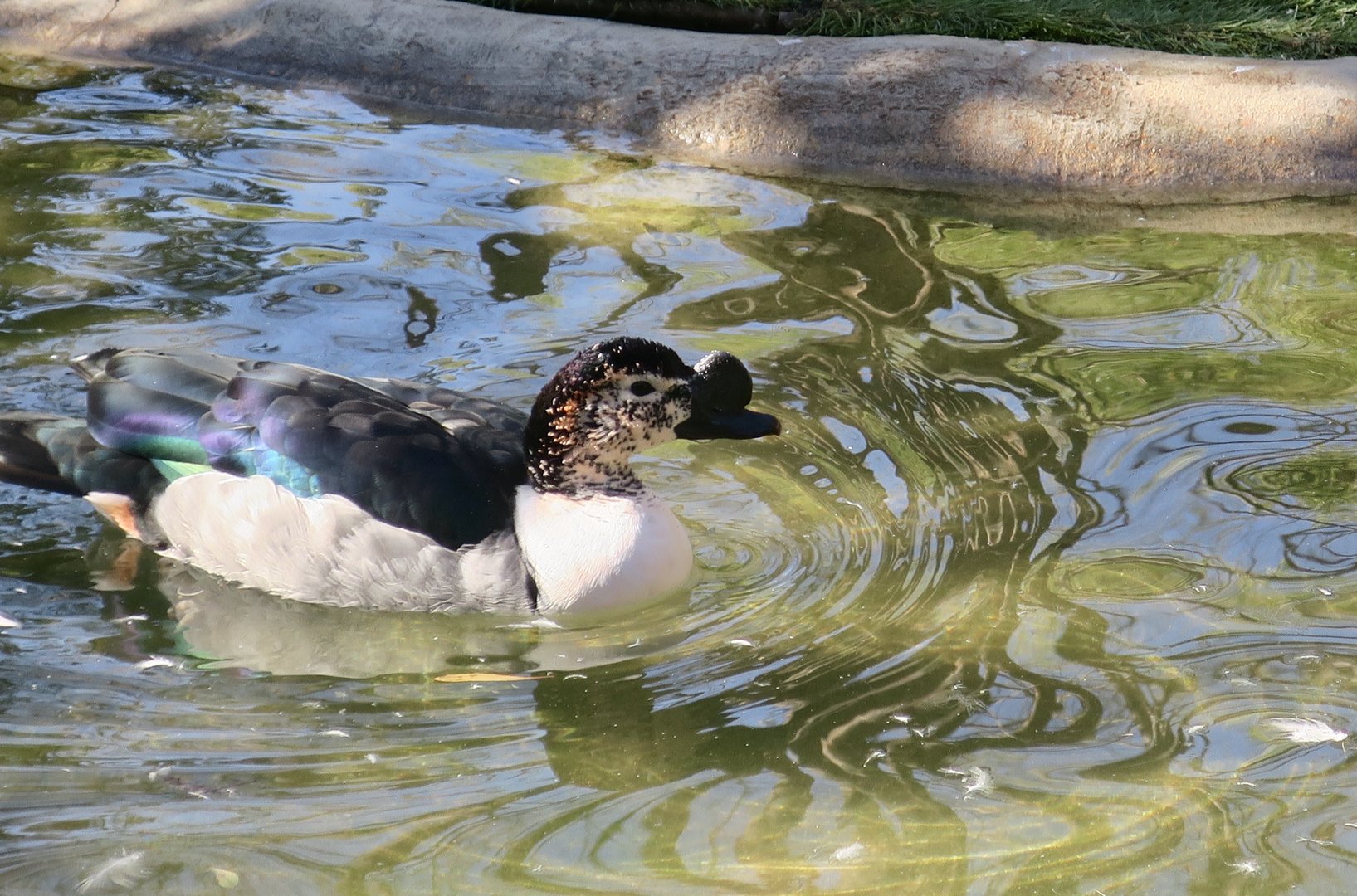
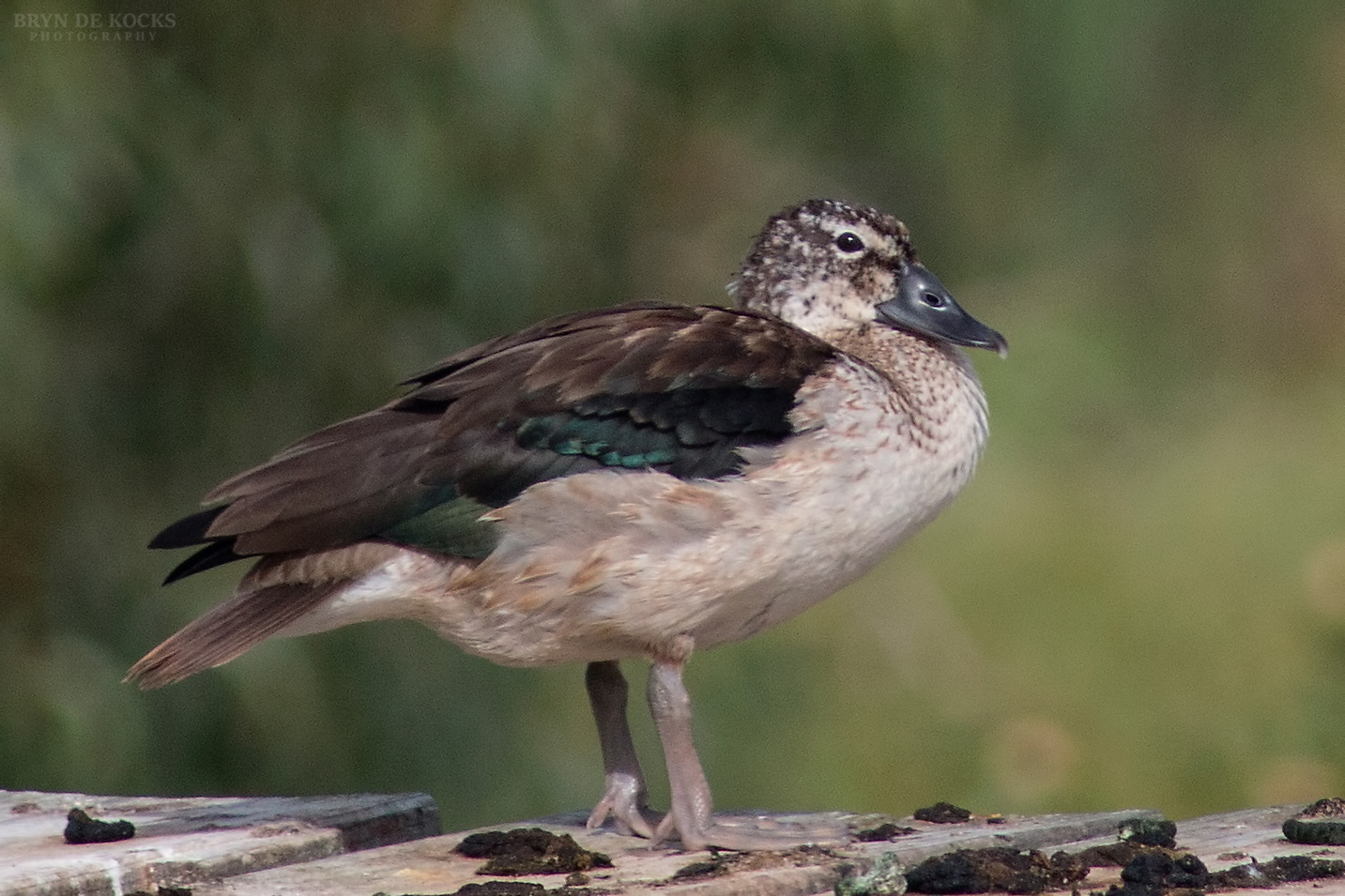
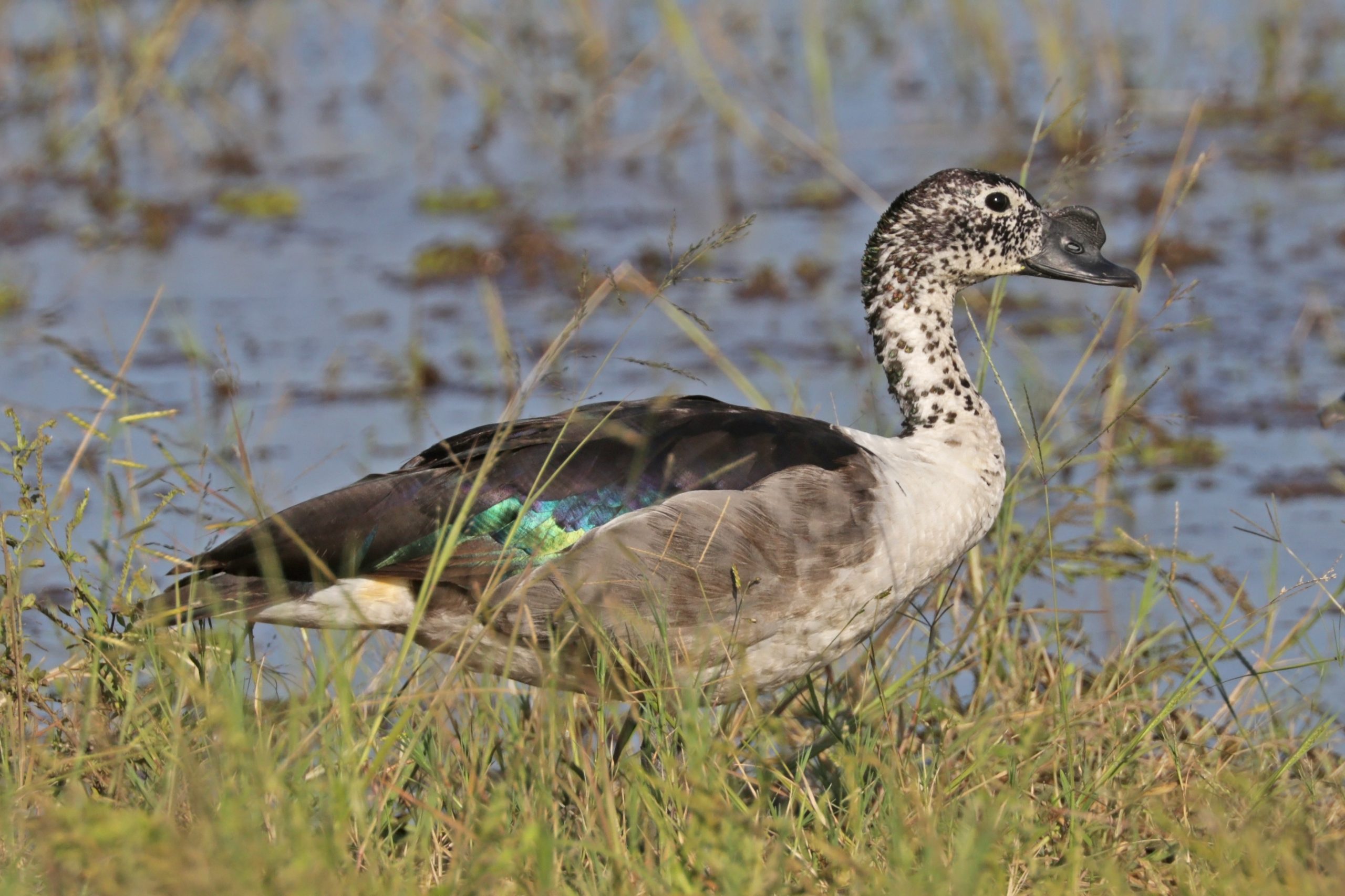
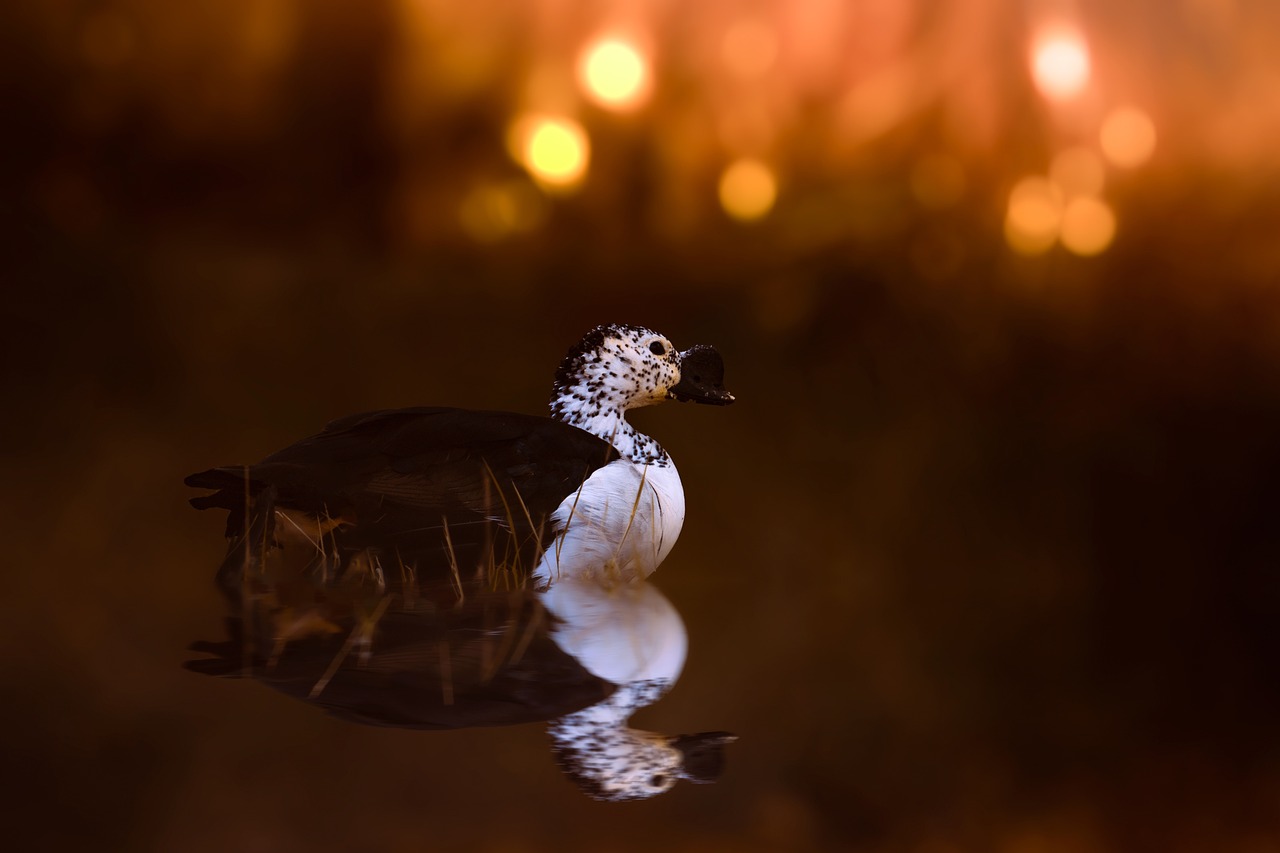
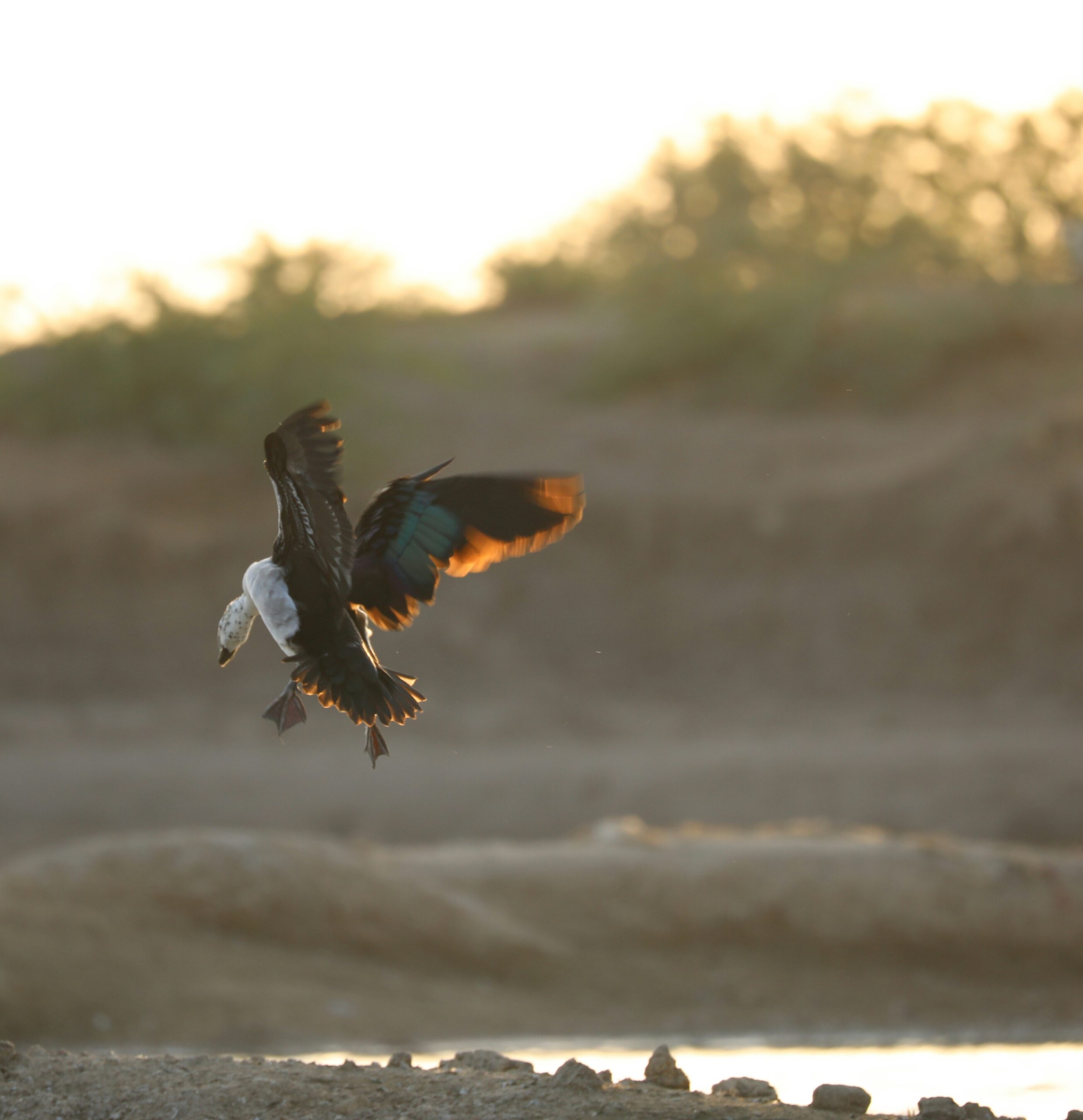
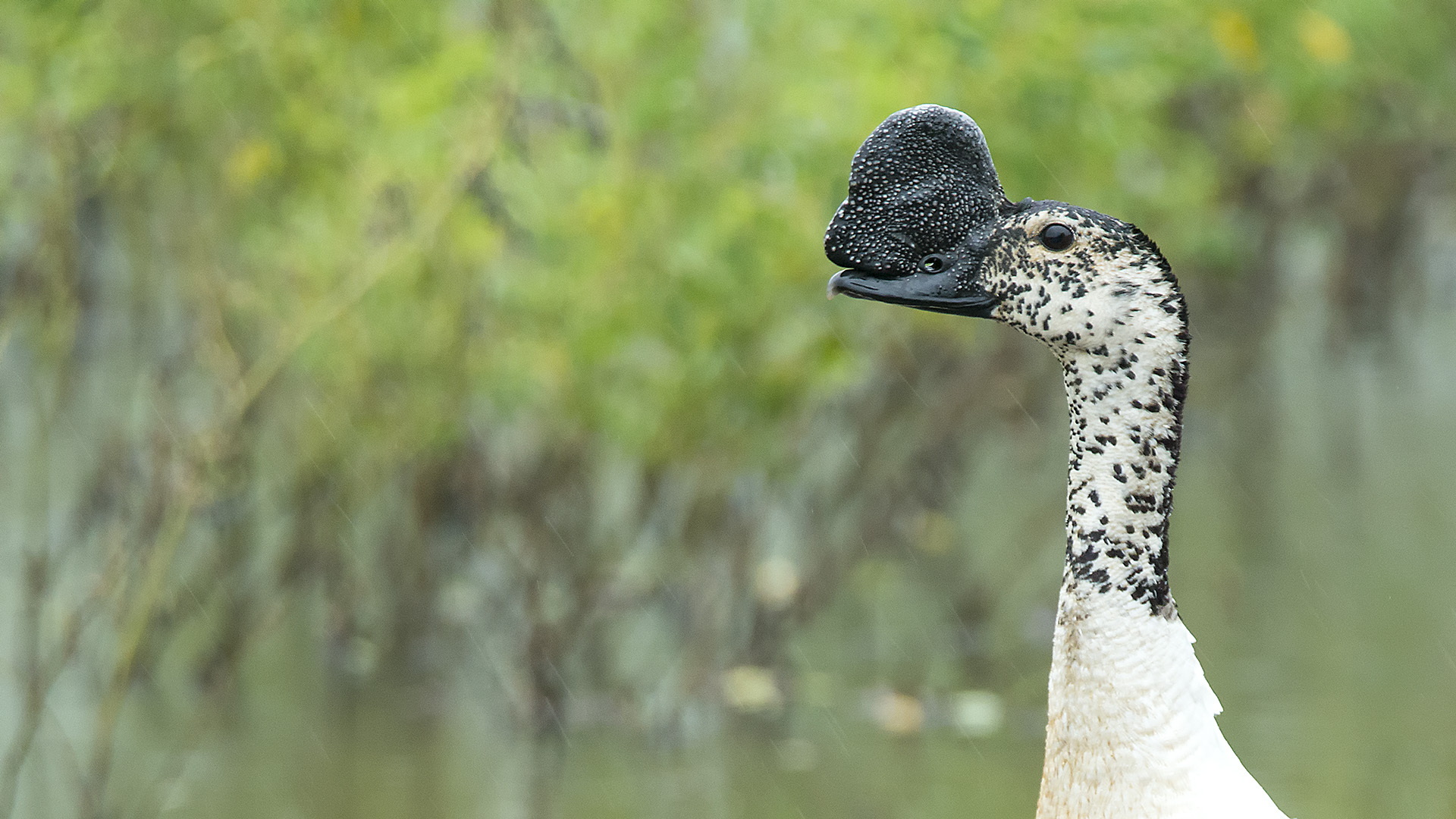
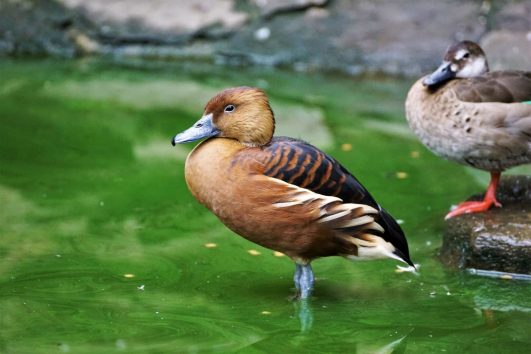
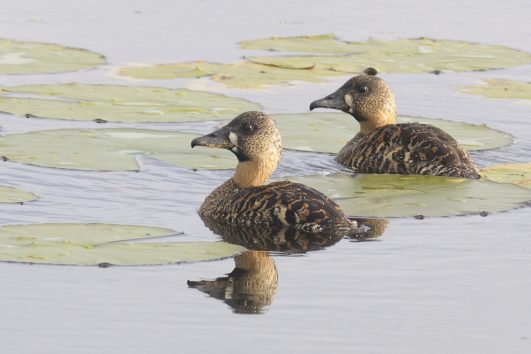
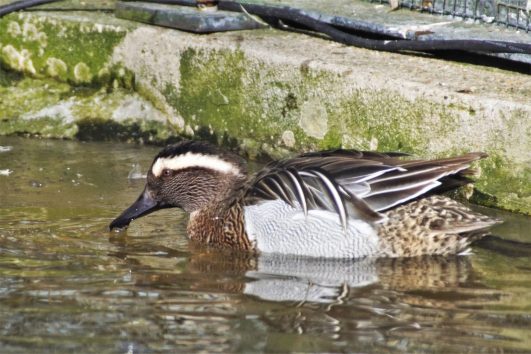
Tour Reviews
There are no reviews yet.
Leave a Review